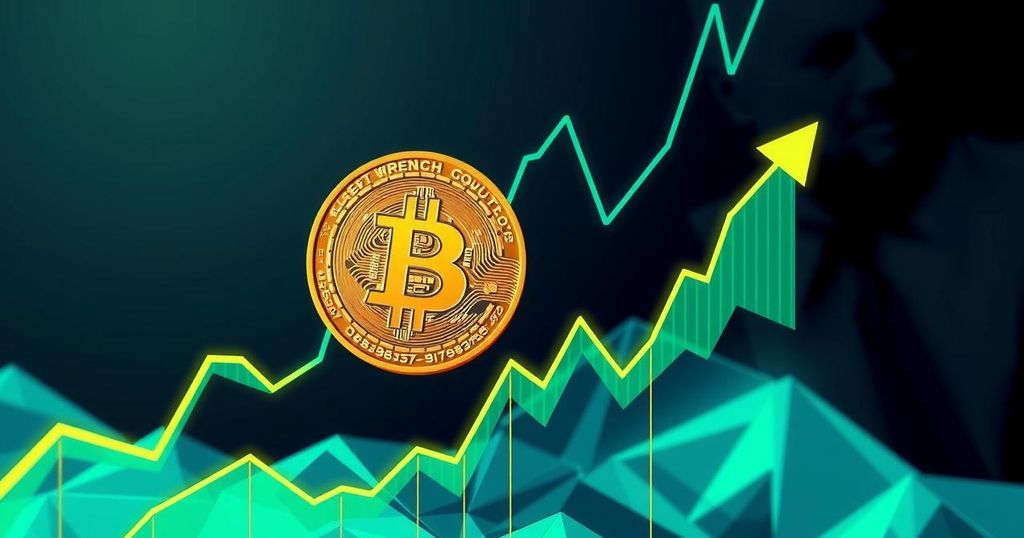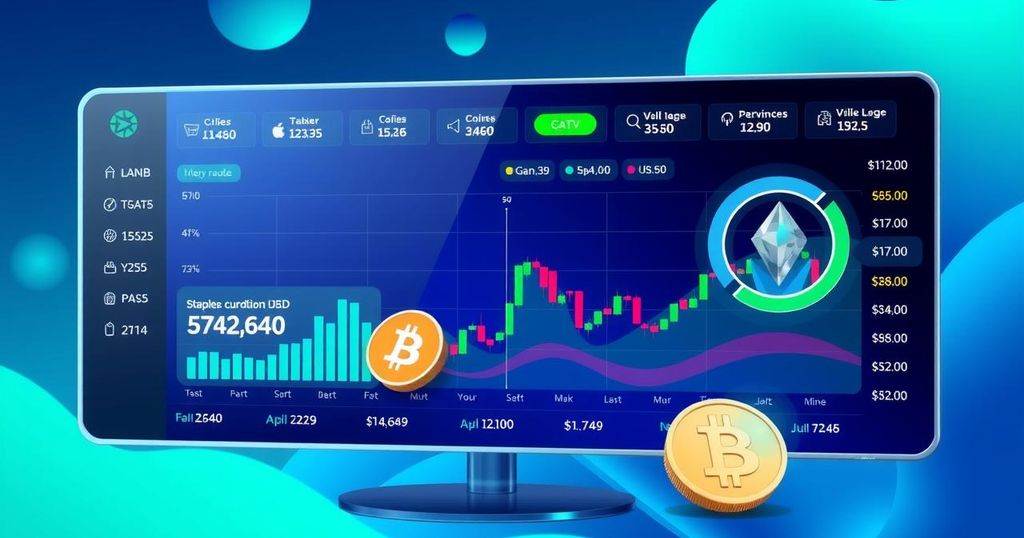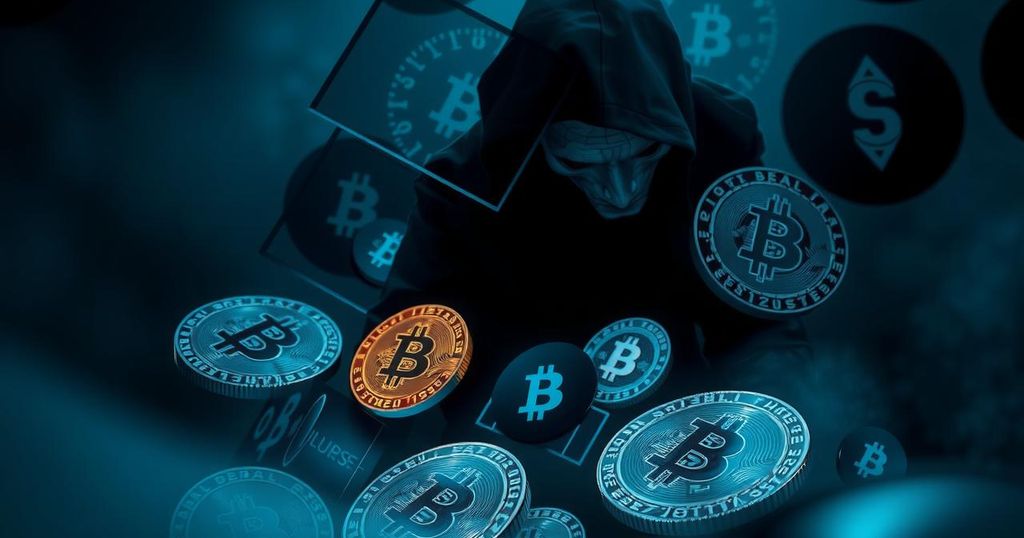Trump’s Move to Establish U.S. Crypto Reserve Stirs Market Reactions
President Trump’s announcement of a U.S. strategic cryptocurrency reserve marks a significant shift in the government’s stance on digital assets. With selected cryptocurrencies including Bitcoin and Ethereum, market reaction was swift, reflecting optimism despite lingering logistical questions. Upcoming White House summit aims to clarify regulatory directions, indicating a complex interplay between crypto and traditional monetary systems.
The recent turbulence in the cryptocurrency market met a jarring twist when President Trump declared the creation of a U.S. strategic cryptocurrency reserve on March 2. This significant announcement came just as Bitcoin weakened following a slight dip of nearly 20% from its high post-election. Under the leadership of David Sacks, the White House’s AI and Crypto Czar, the stage is set for the first U.S. crypto summit scheduled for March 7, signaling an accelerating shift in government attitudes towards digital assets.
Trump’s statement included a laundry list of cryptocurrencies earmarked for the reserve: Bitcoin, Ethereum, XRP, Solana’s SOL coin, and Cardano’s ADA. His fervor was evident when he emphasized, “A U.S. Crypto Reserve will elevate this critical industry after years of corrupt attacks by the Biden Administration.” He went on to say that he wants the U.S. to emerge as “the Crypto Capital of the World,” a lofty aim that raises eyebrows.
With Trump’s proclamation, a wave of optimism surged through the cryptocurrency markets, leading to a remarkable $300 billion boost in market capitalization within hours. Yet, while the stockpiling of digital currencies arguably elevates their status, it also ignites a storm of questions regarding custodian arrangements, security, and management complexities that weren’t directly addressed by the announcement.
This crypto initiative traces back to an executive order from January 2025 known as “Strengthening American Leadership in Digital Financial Technology.” This order led to the establishment of the Presidential Working Group on Digital Asset Markets, exploring how to create a national digital asset stockpile. What differentiates the latest announcement is the specificity of the selected cryptocurrencies, hinting at a more methodical incorporation of digital assets.
Interestingly, funding from crypto firms has surged ahead of the 2024 election cycle, contributing nearly 48% of corporate money. It’s a clear indicator of how far crypto has penetrated politics, with 250 pro-crypto members of Congress elected, including 16 senators. As the self-proclaimed “crypto president,” Trump made numerous promises to the community, notably a commitment to protect self-custody initiatives and to ban the digital dollar CBDC.
Some skeptics were cautious, given that Trump’s previous moves in the crypto realm were somewhat lacking, including his venture with a meme coin. Nevertheless, Chris Chung, founder of a Solana-based platform, insisted that the strategic reserve announcement might just be the spark the crypto community was craving, saying that it positions the president as a driving force in crypto market movements.
The upcoming White House summit is poised to clarify the legislative development on crypto, where discussions are expected to involve notable crypto entrepreneurs and members of the Presidential Working Group on Digital Assets. With the regulatory landscape already shifting, the SEC has halted or withdrawn several cases against top industry names post-Trump’s election.
By elevating cryptocurrencies to national prominence, traditional views on monetary policy could shift significantly. Historically, the Federal Reserve uses interest rates and money supply to manage the economy using fiat money, which raises questions on how a crypto reserve fits into that picture. Are we moving towards a system where cryptocurrencies stabilize financial markets similar to traditional reserves?
Another point of curiosity lies in securing cryptocurrencies. Unlike gold or fiat currencies, they demand sophisticated digital storage solutions—could we see collaborations with private exchanges or government custodians? Legal challenges, ownership disputes, hacking concerns, and governance over private keys also loom large, framing a multifaceted puzzle that will need addressing as the U.S. moves forward.
Trump’s recent declaration of a U.S. crypto strategic reserve signals a monumental shift in both governmental and market attitudes towards digital currencies. While it offers optimism in the form of increased market capitalizations, it also raises pressing issues regarding regulatory frameworks, security, and the traditional functions of central banking. The forthcoming White House summit holds the potential to clarify these points further, as stakeholders in the crypto domain navigate an ever-changing landscape.
Original Source: www.pymnts.com




Post Comment